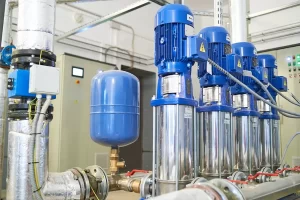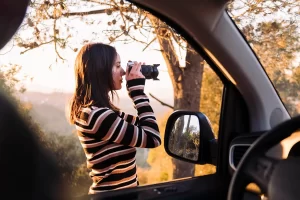Delve into the mesmerizing world of fluid dynamics in pump systems as a photographer. Witness the beauty of liquid movement frozen in captivating moments. Uniting art with science opens a realm of creative opportunities to enhance visual storytelling. Elevate your craft by exploring the intersection where creativity meets technical precision.
Key Takeaways
- Fluid dynamics essential for intricate liquid movement in photography.
- Control pump capacity, viscosity, and pipe diameter for desired flow behavior.
- Utilize high-speed and macro photography to freeze and highlight fluid dynamics.
- Enhance compositions with creative lighting to emphasize flow patterns.
- Master pump systems’ components to manipulate fluid direction, speed, and stability.
Importance of Fluid Dynamics in Photography
The understanding of fluid dynamics in pump systems is essential for photographers seeking to capture the intricate movements of liquids in their photographs. By comprehending how fluids behave under different pressures and velocities, photographers can manipulate the flow to achieve desired visual effects. This knowledge enables photographers to control the direction, speed, and stability of liquids in their compositions, resulting in engaging and dynamic images.
Key Elements of Pump Systems for Photographers
Understanding the crucial components of pump systems is crucial for photographers looking to master the manipulation of fluid dynamics in their photographic compositions. Key elements include the pump itself, piping, valves, and fittings. The pump generates the flow, while the piping directs it. Valves control the flow rate and direction, and fittings guarantee a secure connection. Knowledge of these elements empowers photographers to create engaging images with controlled fluid dynamics.
Factors Affecting Fluid Dynamics in Pump Systems
Analyzing the various parameters can provide insights into the intricate interplay influencing fluid dynamics in pump systems.
- Pump capacity
- Fluid viscosity
- Pipe diameter
- Pump speed
- System pressure
Techniques for Capturing Fluid Dynamics in Photography
Photographers can enhance their compositions by employing advanced techniques to visually capture the intricacies of fluid dynamics in pump systems. Utilizing techniques such as:
- High-speed photography to freeze the movement of fluids
- Macro photography to highlight minute details
- Creative lighting to emphasize the flow patterns
These approaches can result in engaging images that showcase the beauty and complexity of fluid dynamics. Mastering these techniques can notably elevate a photographer’s portfolio.
Enhancing Photography Skills With Fluid Dynamics Understanding
Exploring the relationship between fluid dynamics in pump systems and photography can greatly enhance a photographer’s ability to capture dynamic and visually compelling images. Understanding fluid dynamics can lead to unique photographic opportunities by leveraging concepts such as:
- Vorticity and Turbulence
- Surface Tension Effects
- Fluid Flow Patterns
- Pressure Gradients
- Drag Forces
Frequently Asked Questions
Can Fluid Dynamics in Pump Systems Help Create Unique and Artistic Photography Compositions?
Fluid dynamics in pump systems can indeed help create unique and artistic photography compositions. By understanding how fluids move within these systems, photographers can capture mesmerizing patterns, shapes, and textures that add depth and intrigue to their images.
How Can Understanding Fluid Dynamics Improve the Quality of My Photography?
Understanding fluid dynamics can enhance photography by capturing dynamic movements, creating visually enchanting compositions. Knowledge of flow patterns, turbulence, and vortices can guide photographers in framing shots with unique textures and mesmerizing fluidity, elevating the quality of their work.
Are There Specific Pump System Features That Enhance Fluid Dynamics in Photography?
Specific pump system features like variable speed drives, impeller design, and flow control mechanisms can enhance fluid dynamics in photography. These components enable precise control over flow rates, turbulence levels, and pressure gradients, optimizing image capture in dynamic fluid environments.
Can Different Pump System Settings Affect the Visual Impact of Fluid Dynamics in Photos?
Different pump system settings can greatly influence the visual impact of fluid dynamics in photos. By adjusting flow rate, pressure, and nozzle size, photographers can capture varying levels of fluid movement, enhancing the dynamic appeal of their images.
What Role Does Lighting Play in Capturing Fluid Dynamics in Photography?
Lighting is pivotal in capturing fluid dynamics in photography. It influences the visibility of fluid patterns, shadows, and highlights, enhancing the overall visual impact. Proper lighting techniques can reveal intricate details and create stunning images of fluid flow dynamics.
Conclusion
To sum up, mastering the principles of fluid dynamics in pump systems is essential for photographers seeking to create visually mesmerizing images. Understanding factors such as pump capacity, fluid viscosity, and pump speed allows for greater control over the movement of liquids, resulting in dynamic and engaging photographs. By utilizing techniques like high-speed photography and creative lighting, photographers can enhance their storytelling abilities and elevate the impact of their imagery through the manipulation of fluid dynamics.
You May Also Like To Read:


